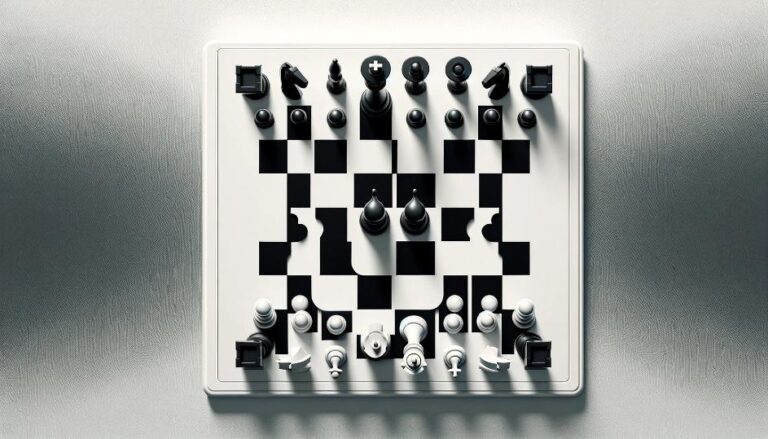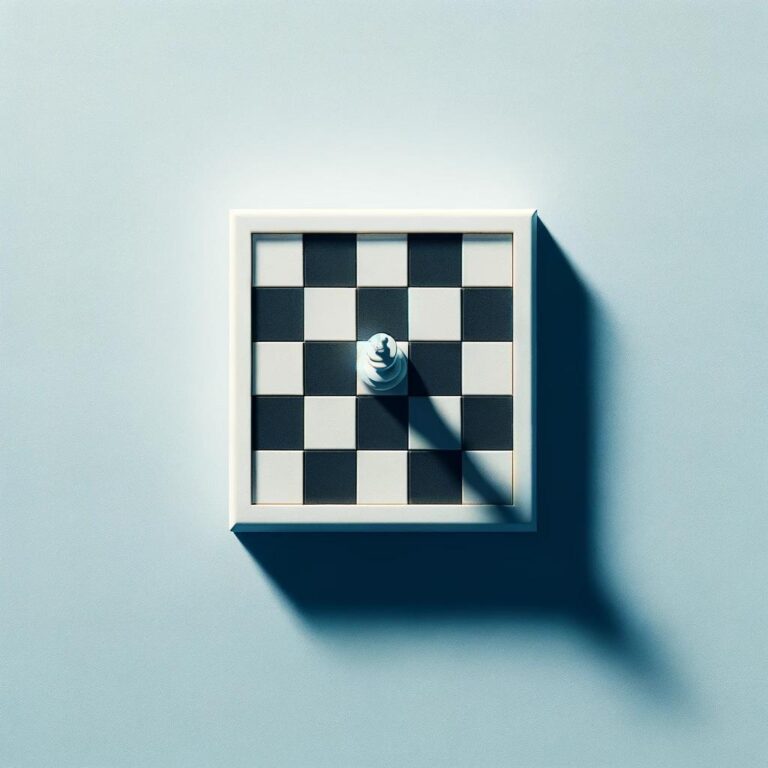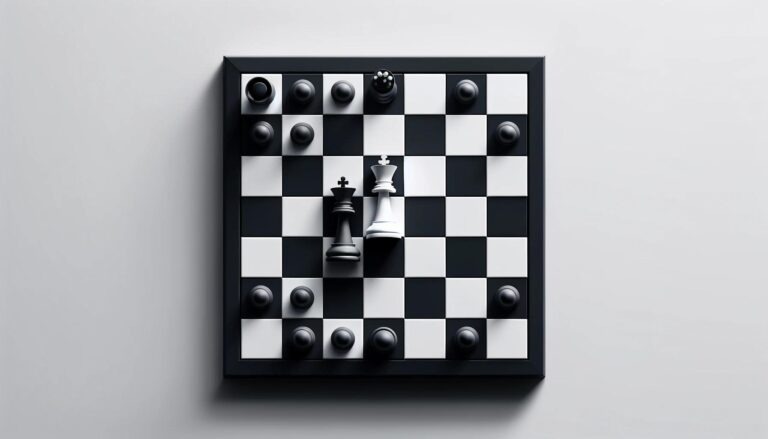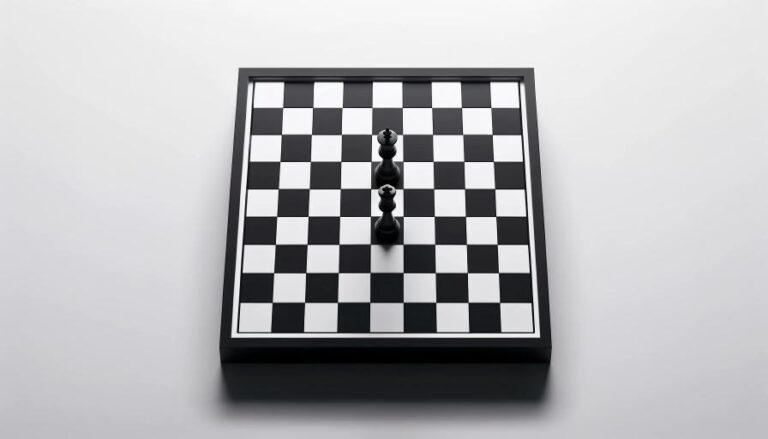Introduction
Chess is a game that has fascinated humans for centuries. Its complexity and strategic depth have made it a popular game among both enthusiasts and professionals. With the advent of Artificial Intelligence (AI), chess has reached new heights, and players now have the opportunity to compete against computer chess engines that can outthink the best human players. One of the most intriguing and strategic moves in chess is the “poisoned pawn” capture. This move involves sacrificing a pawn in exchange for a positional advantage or a chance to attack the opponent´s position. In this article, we will discuss the risks and rewards of the “poisoned pawn” chess move, with a particular focus on how AI has impacted this move in modern chess.
The “Poisoned Pawn” Chess Move
The “poisoned pawn” chess move is not a new concept in the game of chess. It has been used by players for centuries in various openings and positions. However, with the rise of computer chess engines and AI, the move has become even more enticing and risky. So, what exactly is the “poisoned pawn” chess move? Put simply; it is a pawn capture, usually on the a or b-file, that appears to be a good move for the capturing player but in reality is a trap set by the opponent. The move got its name from the fact that the captured pawn turns out to be “poisoned,” i.e., it leads to the downfall of the capturing player.
The Risks of “Poisoned Pawn” Chess Moves
As the name suggests, the “poisoned pawn” move comes with significant risks for the player making the initial capture. The most apparent risk is losing material, i.e., the captured pawn. In some cases, the captured pawn can be a crucial piece in the player´s defense or attack, making the loss even more significant. Additionally, the move gives the opponent a chance to launch an attack on the player´s position or gain a significant positional advantage.
The Rewards of “Poisoned Pawn” Chess Moves
While the “poisoned pawn” move comes with significant risks, it also offers rewards for the player making the capture. The most apparent reward is gaining material or a positional advantage. In some cases, the player may be able to use the captured pawn to launch an attack on the opponent´s position. Additionally, the move can surprise and confuse the opponent, leading to mistakes and ultimately a win for the player making the “poisoned pawn” move.
The Impact of AI on “Poisoned Pawn” Chess Moves
The rise of AI-powered chess engines has undoubtedly changed the landscape of the “poisoned pawn” move. With the ability to calculate moves and variations at an incredible speed and accuracy, these engines can quickly identify and avoid the pitfalls of such a move. This has made it more difficult for human players to successfully execute this tactic against AI-powered opponents.
Conclusion
The “poisoned pawn” move is a strategic and risky tactic in the game of chess. With the rise of AI and computer chess engines, this move has become even more challenging to execute successfully. However, it still remains a viable option for human players, and with the help of AI, they can learn to spot and take advantage of the risks and rewards of this move. As AI continues to evolve and advance, it will undoubtedly impact the game of chess and the “poisoned pawn” move in more significant ways in the future.







